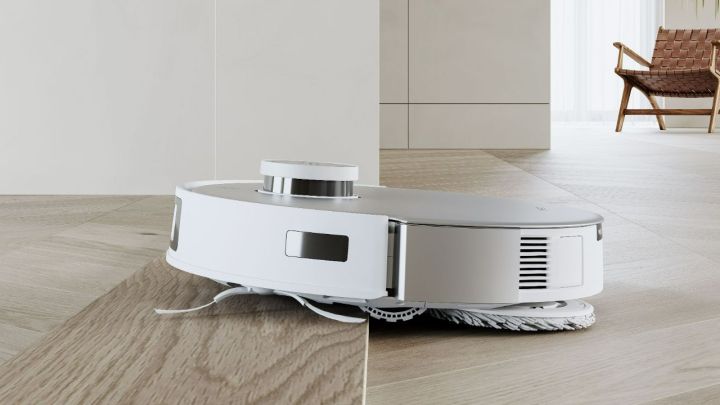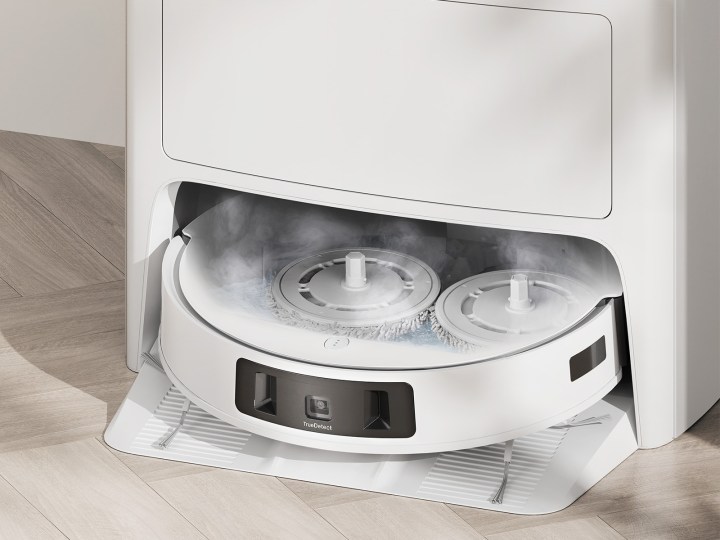Adding a robot vacuum to your home is an easy way to automate your floor-cleaning chores. Most robots produced today can vacuum, mop, and take care of minor maintenance tasks such as emptying dustbins and cleaning their mopheads. But no matter how fancy the robot, it’ll eventually stop working and need to be replaced.
However, the life span of a robot vacuum varies greatly from product to product. Depending on how often you’re performing preventative maintenance, you might be able to extend its life and keep it in your home for years. Here’s a look at how often you should replace your robot vacuum, as well as things you can do to make it last longer.
How long does a robot vacuum last?

Robot vacuums generally last anywhere from two to five years before needing to be replaced. Of course, this is a generalization, with hundreds of factors impacting the life span of any given product. Choosing products from reputable brands like iRobot, Ecovacs, and Roborock is a great way to ensure your robot vacuum is reliable. Purchasing cheap products from lesser-known brands could mean you’ll be on the market again before you know it.
Determining when it’s time to replace your robot vacuum is typically very easy. If it’s not vacuuming or mopping as intended — or you notice it won’t hold its charge during long cleaning sessions — then it might be time for an upgrade.
Before pulling the trigger on a new robot vacuum, however, it might be worth looking into replacing individual parts and checking your product’s warranty. With any luck, you’ll be able to purchase a cheap component instead of a whole new vacuum.
How to extend your robot vacuum’s life

While some defects are inevitable, there are steps you can take to improve the longevity of most robot vacuums. For example, iRobot asks customers to perform routine maintenance (such as cleaning brushes, checking wheels, and wiping down sensors) to ensure its products work as intended.
Robot vacuums from most vendors include not just instructions on how to use the item, but also how to maintain them. Keep up with these regular maintenance tasks to ensure your robot vacuum is working as intended and lasts as long as possible. You’ll want to check the guidelines for your specific product, but these universal tasks are a good place to start:
- Check the dustbin after each cleaning (or every month if it automatically empties)
- Check for debris in the wheels
- Wipe down its sensors
- Check your smartphone app for software updates
- Ensure the docking station hasn’t accumulated debris
- Check the main brush for debris
- Check the side brush for debris
- Swap out the main brush if damage is detected
- Swap out mopping pads when they become too dirty
- Check any filters in your robot vacuum that may need to be cleaned
Editors' Recommendations
- What to know before connecting the Roborock S8 MaxV Ultra to your drainage system
- Roborock S8 MaxV Ultra vs. Narwal Freo X Ultra: Which is the best premium robot vacuum?
- SimpliSafe is now using AI to prevent burglars from entering your home
- How to save Ring Doorbell video without a subscription
- iRobot Roomba Combo j9+ vs. iRobot Roomba Combo Essential: Which is better for you?




